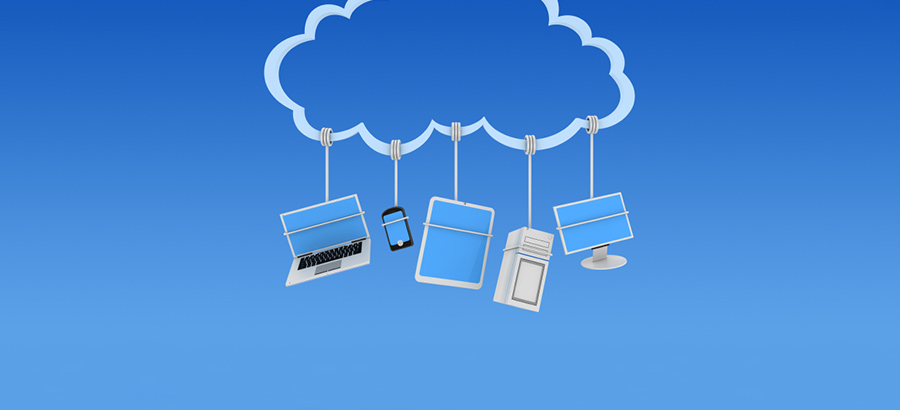- Advertising
- Bare Metal
- Bare Metal Cloud
- Benchmarks
- Big Data Benchmarks
- Big Data Experts Interviews
- Big Data Technologies
- Big Data Use Cases
- Big Data Week
- Cloud
- Data Lake as a Service
- Databases
- Dedicated Servers
- Disaster Recovery
- Features
- Fun
- GoTech World
- Hadoop
- Healthcare
- Industry Standards
- Insurance
- Linux
- News
- NoSQL
- Online Retail
- People of Bigstep
- Performance for Big Data Apps
- Press
- Press Corner
- Security
- Tech Trends
- Tutorial
- What is Big Data
IBM Touts Cloud, Big Data for Future of Healthcare

Most healthcare managers and administrators are already familiar with the concept of big data and the cloud. In fact, about 80 percent of healthcare facilities are already leveraging the convenience and power of the cloud. However, few realize the potential for marrying their cloud service with big data. IBM is leading the way toward the future of big data and healthcare, though a few of the forecasts are a bit unbelievable until you see what big data is already capable of.
Healthcare Facilities Already Have a Tremendous Amount of Unstructured Data
Gathering the tremendous amounts of data necessary for accurate predictive analysis seems like the biggest challenge, but it isn’t. In fact, most hospitals, specialist facilities, and private practices already hold astounding amounts of data. The issue is that most of this data is unstructured, in other words, not usable for the purposes of computer analytics.
These types of data include, for instance, records of doctor-patient interviews. The current data is basically in scribbled notes, which isn’t very useful for the sake of computer analysis. Once this data is assembled
and entered into computers in a useful form, it can be processed and analyzed to deliver astounding amounts of data. This data can then be used to help diagnose a particular patient, to predict a trend in infectious diseases, or even to identify patients at risk for a particular disease.
When Structured and Analyzed, This Data Becomes Useful
This is where the cloud comes in. Say, a doctor in Detroit has an abundance of information on patients who recently suffered through a serious bout of flu that hit the Midwest especially hard. Without access to the cloud, this information isn’t very useful to the doctor’s colleagues fighting the same strain in Phoenix or London. With the cloud, however, doctors all around the world can transmit information and even deliver questions or feedback from any doctor anywhere who happens to have knowledge of the issue.
These capabilities are even more helpful in the third world, where doctors are often working with little in the way of healthcare infrastructure and support. One example of how valuable big data and the cloud can be in third world countries is the recent Ebola outbreak. Big data analysis identified the outbreak an impressive nine days before the World Health Organization recognized it. As Africa, South America, and other developing countries begin to grow and prosper, this data is going to be extraordinarily useful to medical workers in these areas of population explosion.
When Leveraged Correctly, the Data Becomes Predictive
At this stage, the data and the cloud can pick up on trends quickly, helping healthcare workers to get ahead of viral and bacterial infections. However, the next step of big data and the cloud working together involves predictive analysis, wherein the computers can tell medical professionals before such issues even occur. Over 200 time-sensitive variables can alter a medical diagnosis, which is far too many for doctors to process on their own in the relatively short amount of time they are allotted to spend with each patient. But for a computer, weighing these variables is a cinch, and takes just milliseconds to process.
In a recent study IBM conducted on the power of big data analysis, computers were able to predict patients who would develop congestive heart failure within one year with an accuracy rate of 85 percent. In this study, 8,500 patient were identified as at-risk that had not been identified by their doctors as at-risk prior to the study.
What does this mean for the future? Well, combining information gathered by the health care industry with patient and social information available on social media, this becomes a powerfully predictive tool. Imagine FitBit being able to post a status on a patient’s Facebook page when the patient failed to meet a specific health goal. Imagine the drastic reduction in health care costs if doctors could begin treating patients before they developed congestive heart failure, saving the costs of expensive and sometimes risky emergency treatments.
According to IBM, with big data and the cloud, the possibilities for the future of healthcare are only limited by what people can dream up to do with it.
Readers also enjoyed:

How Big Data Can Help You Improve Your Customers' Experience




Leave a Reply
Your email address will not be published.